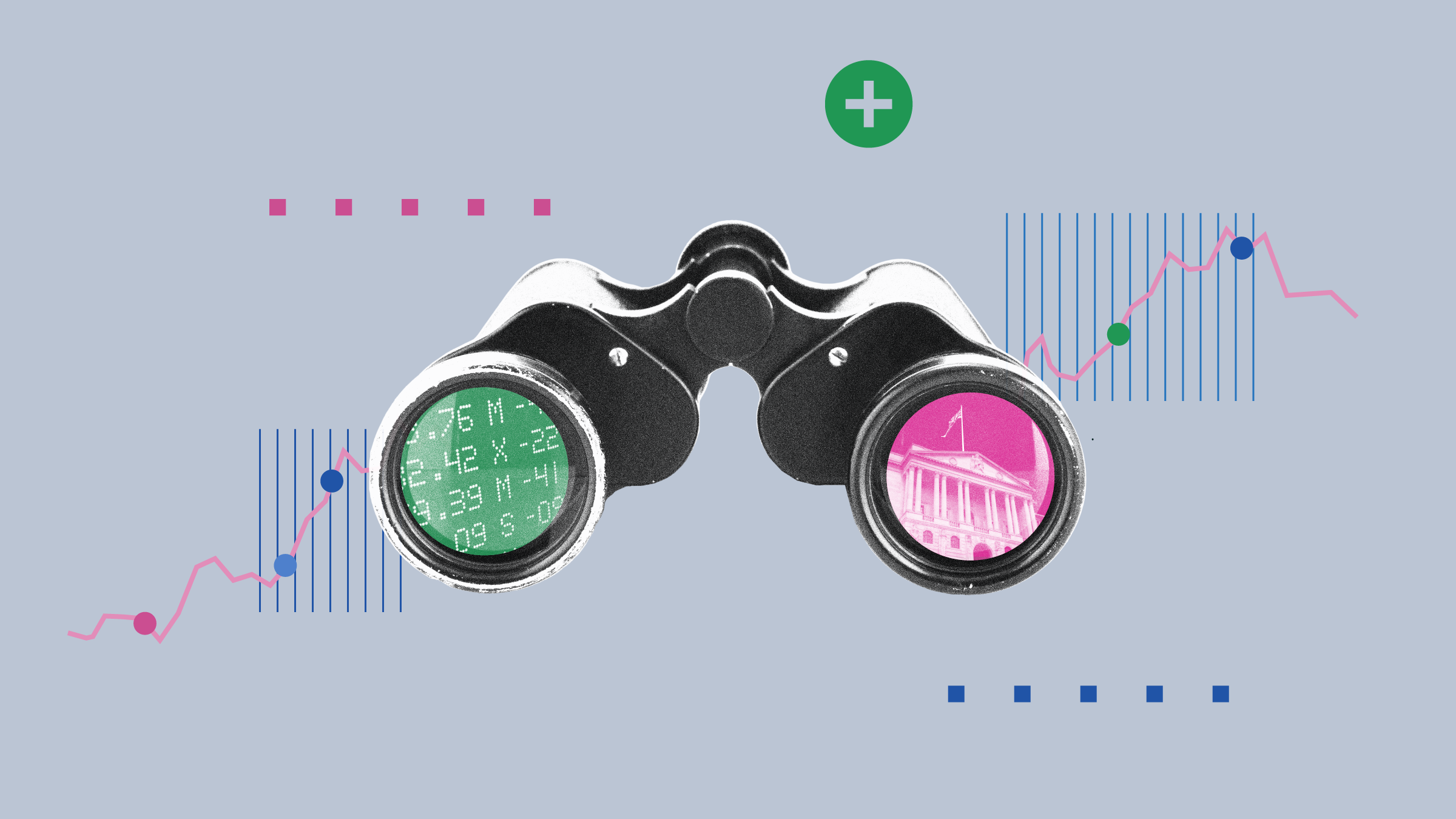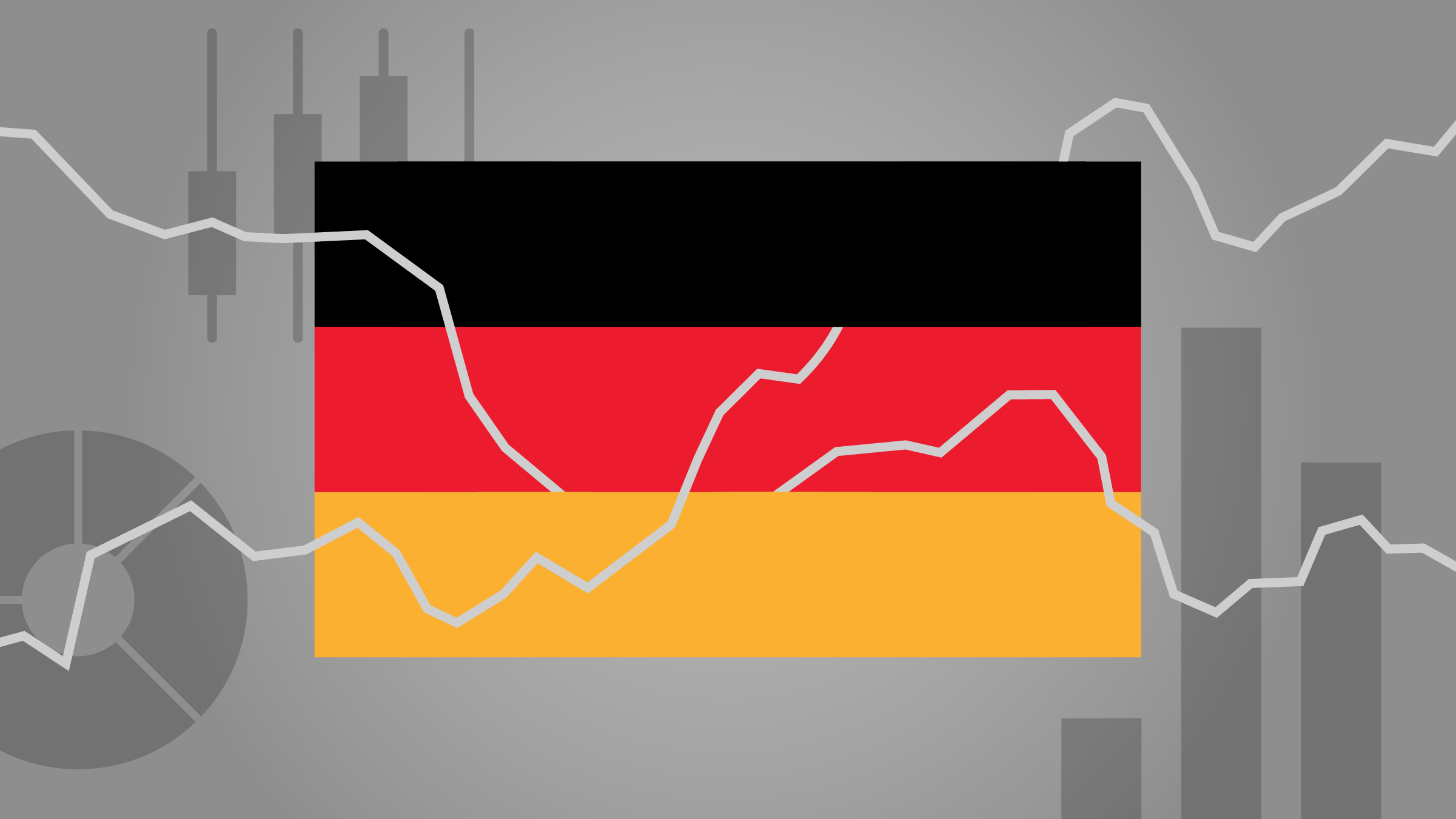Two weeks ago we saw a sell-off in commodities that took some of the sting out of last week's announcement of April's inflation data. Last week, agricultural commodities took another downward move as government crop reports indicated increased production of key crops including corn and wheat.
One might hope that falling commodity prices, one of the real thorns in the side of the economic recovery, might be viewed positively by Wall Street. Instead, stock markets sold off last week and bond yields declined as investors feared that falling commodity prices were indicative of a weaker economy. However, I believe accelerating employment growth and slowing inflation (due at least partially to increasing supply of key commodities) seem to be more indicative of improving economic growth in the quarters ahead, not a decline.
The End of QE2 Could Bring Down Both Commodities and Stock Markets
I also suspect that both stock market assets and commodities that seemed to benefit so much from QE2 (quantitative easing part II, the Fed's bond repurchase programme meant to reduce long-term interest rates resulting in higher asset prices and a falling dollar) are beginning to anticipate the end of the programme in June. Perversely, long-term rates have been falling for some time even as QE2 comes to an end. A fear that the economy might slow as the programme comes to an end (and no new programme is proposed) is the primary reason for the rate decline, in my opinion. I continue to believe fears of a declining economy are misplaced as consumers continue to spend, at least according to last week’s shopping centre data, and that's with gasoline prices just beginning to edge downward.
Mixed Economic Data, Again
Last week's economic data contained no big surprises. The trade deficit was slightly higher than expected due to higher oil prices. Meanwhile, consumer prices and producer prices for April were elevated but in line with expectations; both were below recent recovery highs.
The recent plunge in commodity prices portends even better news on the inflation front in the months ahead. Initial jobless claims fell back some, offsetting some but certainly not all of the recent runup. Retail sales came in a little lighter than I had anticipated, and gasoline price increases accounted for a good part of the improvement. Based on same store sales data, I suspect these below-par results may be revised upward next month. Inventories also remained under control, as the key ratio comparing total inventories to sales set another record low this month. Inventory levels remain surprisingly low for this stage of the recovery, hardly an indicator that the economy is about to fall back into the abyss.
Inflation May Be Peaking
The consumer price index, after consistently accelerating monthly increases, finally backed down in April. After increasing 0.5% in each of the last two months, the index backed off to 0.4% last month. That reading was before energy prices began to back off earlier this month. The majority of categories showed a smaller increase than in the prior months, including food, energy, and transportation services. The one nasty surprise in the data was that both new and especially used car prices accelerated dramatically due to a combination of supply shortage of used cars (very few cars were produced in late 2008 and 2009) and tightening supplies of new cars related to the potential shortages of Japanese cars because of earthquake-related supply chain issues. Used car prices were up 1.2% in April and the Manheim Index of Used Cars set a new record. Even new cars managed a 0.7% increase. That's monthly, not annualised data.

On a year-over-year basis, which takes out some of the monthly volatility, the consumer price index showed a 3.2% increase. Before all is said and done, I suspect this index will be up 3.5%-4.0% on a year-over-year basis within the next month or two, just short of the 4%-5% that has triggered past recessions.
Agricultural Products May Help the Inflation Indexes to Back Down
Prices for various cereal grains have been on the decline for the past month. Our agricultural equipment analyst, Adam Fleck, believes that other crop prices might be due for some moderation in the year ahead, too:
USDA's initial outlook for the 2011-12 planting year is good for consumers, bad for producers. Last week, the US Department of Agriculture released its initial global outlook for crop production and prices during the 2011-12 planting and harvesting season. Earlier this year, we theorised that increased planting, less-severe worldwide weather patterns, and slower growth in US corn-based ethanol production would lead to rebounding crop surpluses and headwinds to prices of corn, wheat, and soybeans. Although only an early read into the situation, the USDA's take on next year's production seems to bear out our thinking. The group sees mid-single-digit production growth in corn and wheat globally, driven largely by rebounding Russian wheat and US corn harvests. With more moderate demand growth in line with historical averages, the USDA expects these crops to stem the worldwide shortages seen in 2010-11. For soybeans, increased demand is expected to outstrip flat production levels, but the organisation still sees this crop in surplus as well. In all, the USDA expects higher average pricing for the upcoming harvest season but sees growth at a slower rate for both corn and soybeans; only wheat's price is expected to grow at a faster clip.
Gasoline Prices Are Due to Fall
As oil has fallen from $115 to under $100 a barrel, gasoline prices have yet to fall as much. I suspect gasoline prices could fall $0.25 or more in the weeks ahead. Various refinery issues as well as the potential flooding of some refineries in the Mississippi River Delta have kept lower oil prices from immediately translating into lower prices at the pump.
























